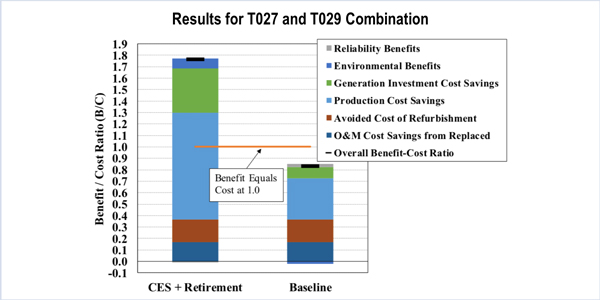By Michael Kuser
RENSSELAER, N.Y. — NYISO stakeholders on Tuesday again backed joint proposals by North America Transmission (NAT) and the New York Power Authority (NYPA) to build two 345-kV transmission projects that could cost $900 million to $1.1 billion.
The Management Committee voted to recommend that the Board of Directors approve the ISO’s draft AC Transmission Public Policy Transmission Planning Report, as recommended by the Business Issues Committee the previous week. The board will consider the matter at its July 17 meeting. (See NYISO BIC Backs AC Tx Projects; Losing Bidders Protest.)
Dawei Fan, manager for public policy and interregional planning, said ISO staff analyzed seven proposals to address persistent transmission congestion at the Central East (Segment A) electrical interface, and six proposals for the Upstate New York/Southeast New York (or Segment B) interface.
Advised by consultant Substation Engineering Co. (SECO), ISO staff recommended Project T027, a double-circuit 345-kV line from Edic to New Scotland for Segment A, and a standard 345-kV line from Knickerbocker to Pleasant Valley for Segment B Project T029.
Market Monitor Evaluation
Pallas LeeVanSchaick of Potomac Economics, the ISO’s Market Monitoring Unit, said it found the recommended projects will be economic if the Clean Energy Standard is satisfied with high levels of intermittent renewable generation upstate.
However, benefits will be reduced if state policies shift more investment to offshore wind and energy storage in downstate areas, LeeVanSchaick said. Ultimately, the benefits of the recommended transmission projects are heavily dependent on the placement of new renewable generation and the locations of retiring generation.
While finding the ISO’s methodologies reasonable, the MMU suggested several enhancements for NYISO to consider in future public policy transmission evaluations, including incorporating additional priced and unpriced benefits of new transmission projects into a single cost/benefit metric; estimating operations and maintenance costs of new and decommissioned facilities; estimating the cost savings from avoided refurbishment of older facilities; and developing Tariff provisions to allow developers to take on the risk of cost overruns.
The MMU also recommended that the ISO model entry and exit decisions for generators consistent with expected competitive market outcomes, and consider transmission outages and other unforeseen factors in estimating production cost savings. Finally, LeeVanSchaick suggested enhancements to natural gas and emission allowance price forecasts.
Zach Smith, ISO vice president for system and resource planning, said they liked the MMU’s recommendations, not only in context of the public policy transmission needs process, but for the Congestion Assessment and Resource Integration Studies process as well.
Brian Duncan of NextEra Energy Transmission NY (NEETNY) repeated his presentation from the previous week’s BIC, arguing that the ISO was picking winners for a $1 billion project “despite a virtual tie on project benefits” among competing projects, which included NEETNY’s T022 in Segment B.
The MC also voted to recommend that the board approve Tariff revisions to provide extensions of historic fixed-price transmission congestion contracts, as was recommended by the BIC.



